Modern-day man’s best friend has little in common genetically with the dogs domesticated thousands of years ago by our ancestors, according to a new international study.
Led by the U.K.’s Durham University, the research team studied the genetics of 35 living dog breeds compared with wolves and what is known about ancient dogs from archaeological records.
Despite superficial similarities in appearance, cross-breeding over thousands of intervening generations means that it is incorrect to classify breeds like the Afghan Hound as ancient.
Canine genetic diversity has also been impacted by human migration patterns and major events like world wars.
Study lead author Greger Larson at Durham University noted that the results show how little we know about dog domestication, such as where and how often it occurred during the last 15,000 years.
“We really love our dogs and they have accompanied us across every continent,” he said in a press release. “Ironically, the ubiquity of dogs combined with their deep history has obscured their origins and made it difficult for us to know how dogs became man’s best friend.
“All dogs have undergone significant amounts of cross-breeding to the point that we have not yet been able to trace all the way back to their very first ancestors.”
Certain breeds, such as Dingoes, Basenjis, Salukis, have a unique genotype because they were geographically isolated when the breeds seen nowadays were diversifying due to selective breeding during the 19th century, the research found.
Previous studies have claimed this differing genetic signature was evidence for the breeds’ ancient heritage.
Based on the results, it appears that dogs have only been kept as pets during the last two millennia, and previously they had specific roles to carry out.
“Both the appearance and behavior of modern breeds would be deeply strange to our ancestors who lived just a few hundred years ago,” Larsen concluded.
“And so far, anyway, studying modern breeds hasn’t yet allowed us to understand how, where and when dogs and humans first started this wonderful relationship.”
The study was published in the Proceedings of the National Academy of Sciences on May 21.
The Epoch Times publishes in 35 countries and in 19 languages. Subscribe to our e-newsletter.
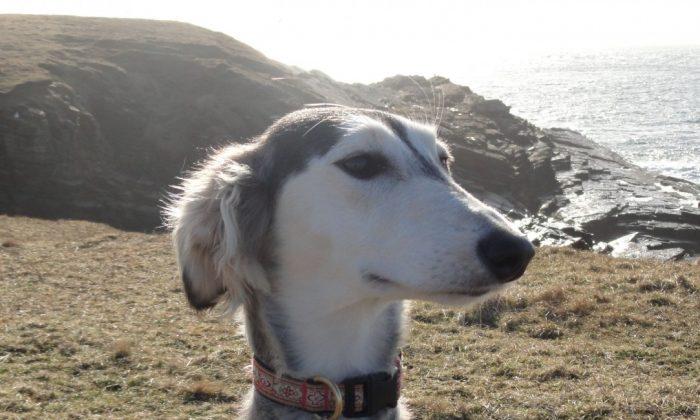
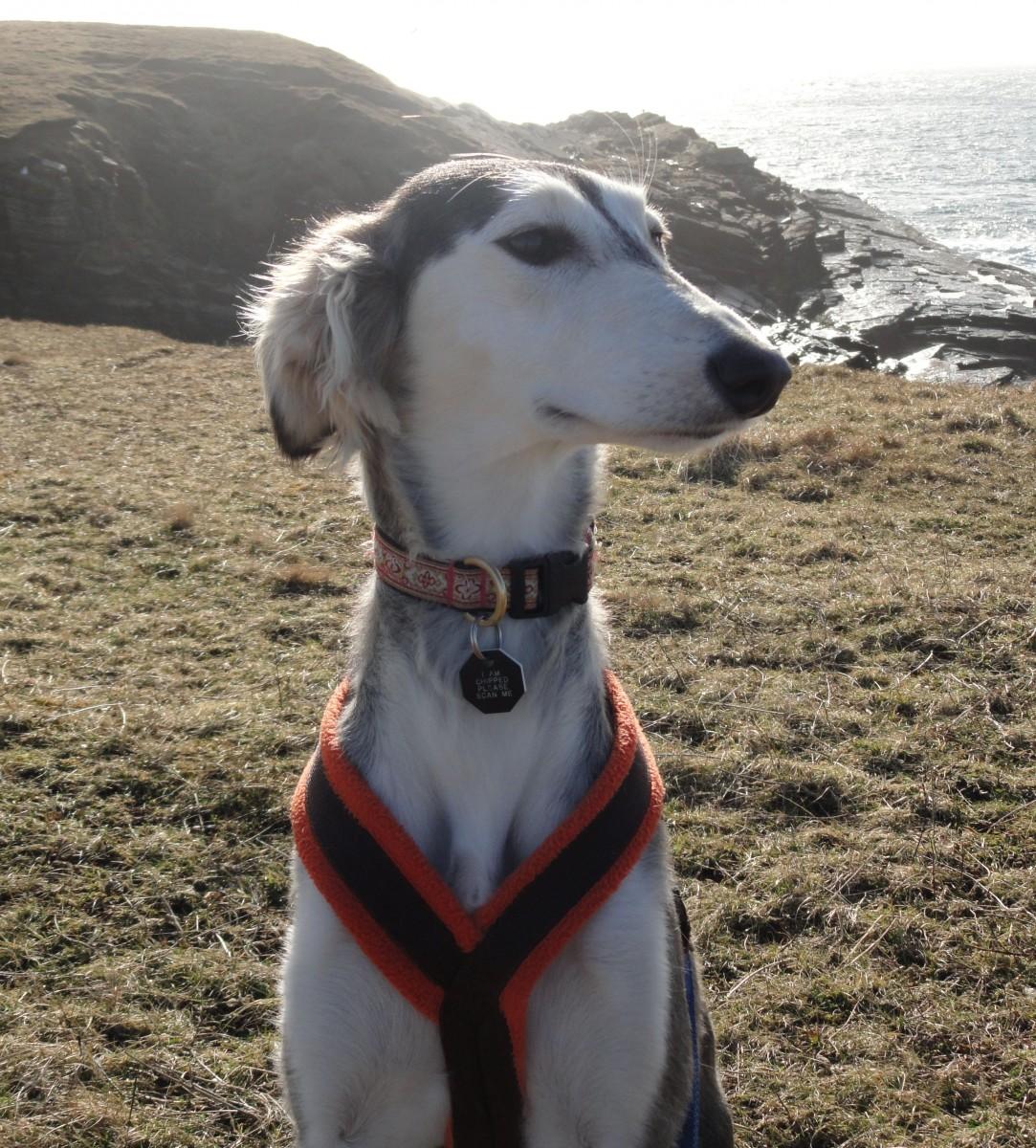
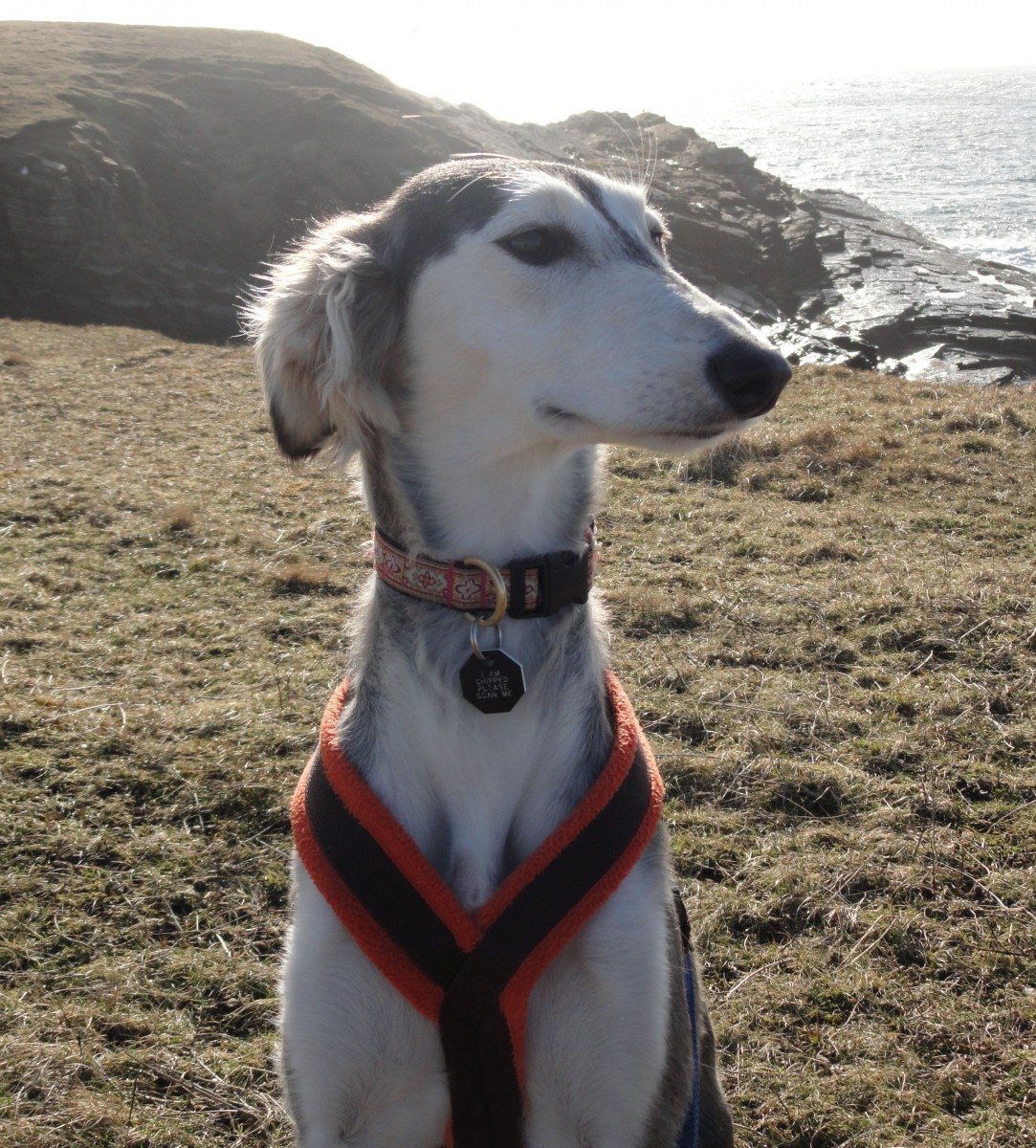
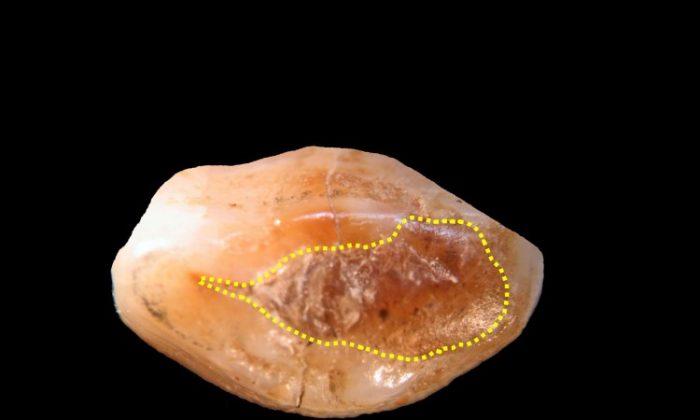

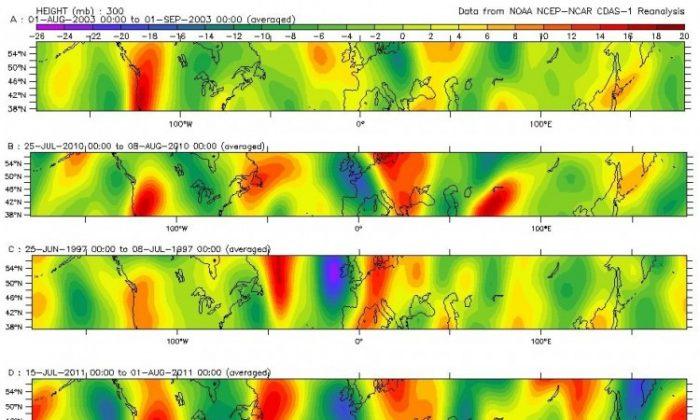
Friends Read Free